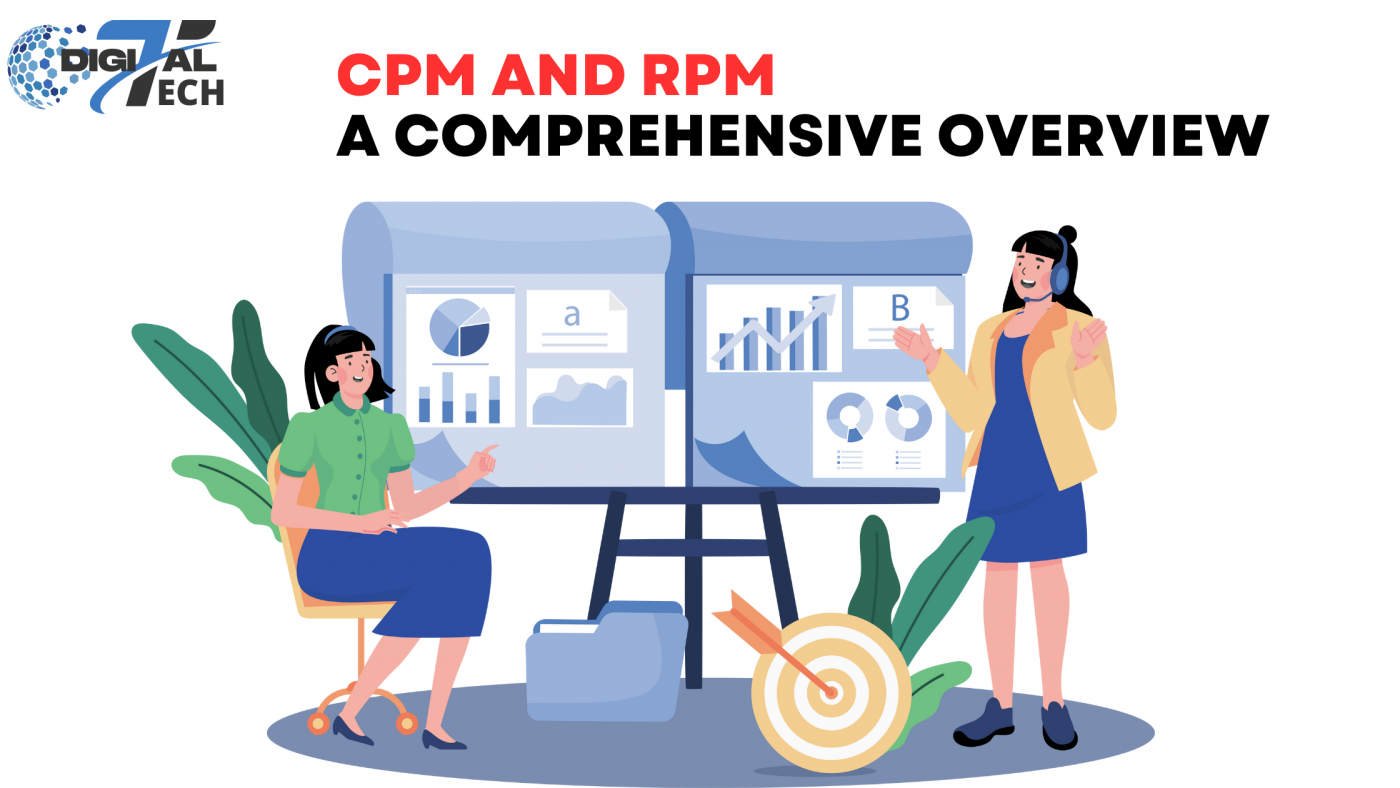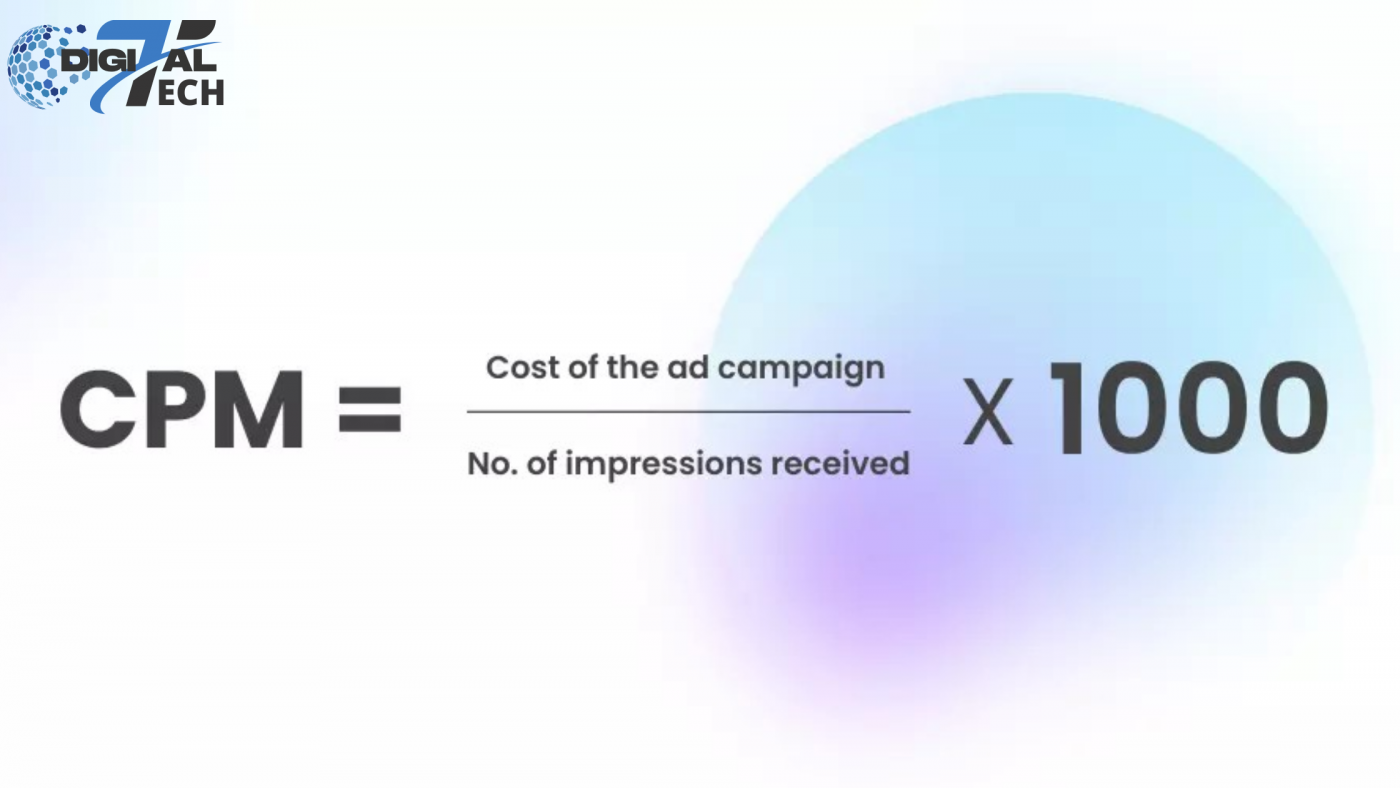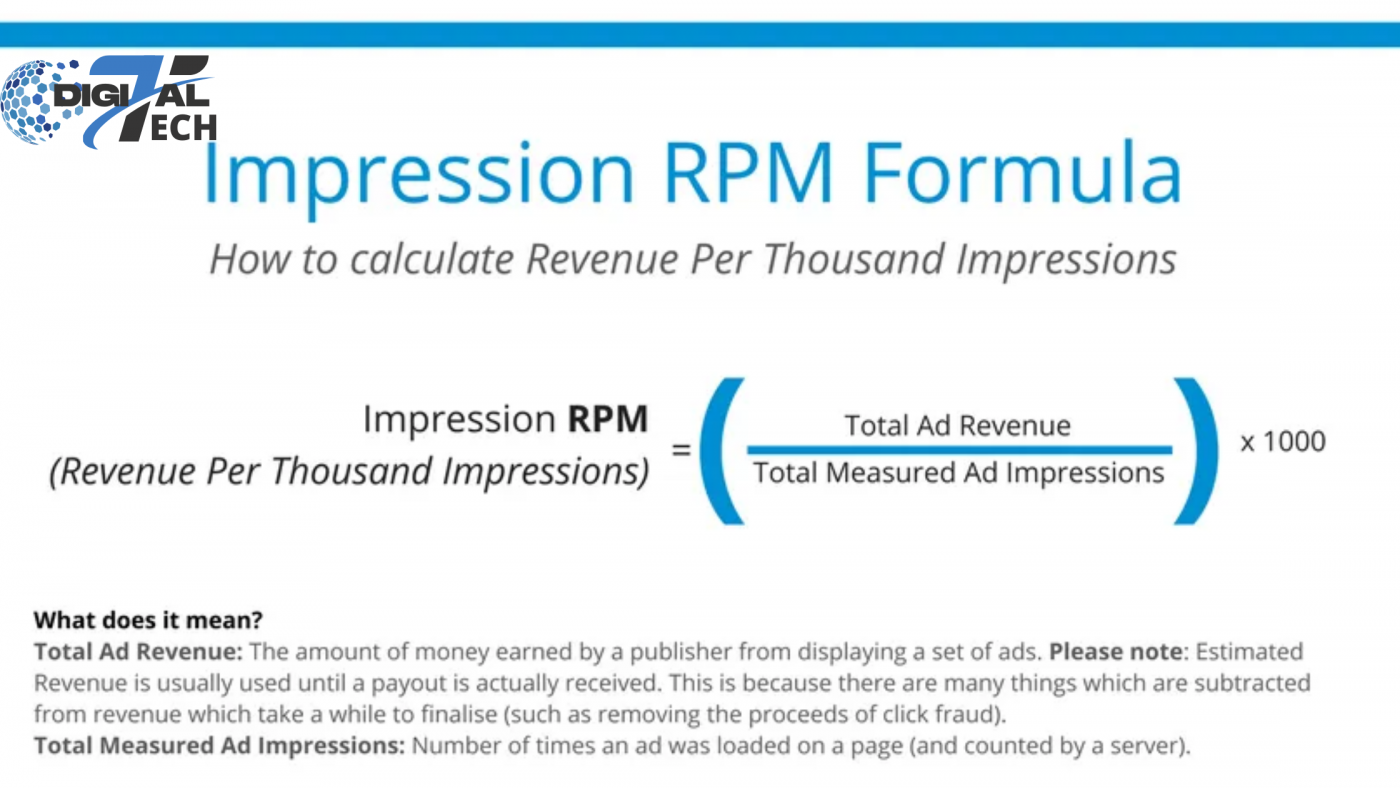Two indicators that publishers might use to track their revenue are CPM and RPM. Even through these one another, novice publishers sometimes mix them up.
The amount an advertiser must pay for each 1000 times their ad is displayed is known as cost per mille, or CPM. On the other hand, revenue per mille (RPM) determines how much money each 1,000 ad impressions generates.
Publishers may adjust their publication plans and gain valuable insights about advertising revenue through the use of both CPM and RPM.
We examine the distinctions between RPM and CPM in more detail, discover how they are computed, and discover the significance of each to publishers.
1. CPM and RPM: A Comprehensive Overview
CPM is a tool that advertisers use to calculate the cost of running a campaign. While CPM is primarily defined as an advertiser’s cost metric, publishers can also use it to predict their revenue.
Conversely, publishers mostly use RPM as a metric to monitor the success and revenue of an ad campaign.

CPM and RPM: A Comprehensive Overview
This table contrasts RPM with CPM:
| Metric | Definition | Ad spend | Use | Cost / Revenue | Objective |
| CPM | Cost per 1,000 impressions | (Ad spend / Total impressions) x 1000 | Measures the cost of an ad campaign | Cost | Increases impressions and negotiates better ad rates |
| RPM | Revenue per 1,000 impressions | (Total revenue / Total impressions) x 1000 | Measures the revenue generated from an ad campaign | Revenue | It increases revenue per impression, optimizes ad placement and targets |
2. What is CPM?
The term “cost per mille,” or CPM, describes the price an advertiser must pay for each 1,000 ad impressions. Every time a person sees an advertisement on a website or mobile application, that impression is recorded. Publishers may easily evaluate the cost of advertising across various ad networks and ad formats with CPM.
When it comes to display advertising, CPM is usually employed. Instead of charging for a specific action, like a click or a conversion, the advertiser pays for the ad to be displayed on a website or app. Advertisers can use it to estimate the cost of achieving a specific number of ad impressions, which helps them set a budget for their campaigns.
With the use of CPM data, marketers may fine-tune their campaigns’ ad targeting or creative components to increase effectiveness and lower cost per impression. Based on the approximate number of ad impressions a website receives, publishers can utilize CPM to determine the price of their ad inventory.
CPM comes in a variety of forms, including:
- A publisher-contric metric called effective CPM (eCPM) calculates the a mount of money the publisher makes from per 1,000 impressions
- Viewable CPM (vCPM) is a metric that calculates the cost per 1,000 visible ad impressions.
- Revenue CPM (rCPM), which determines the amount of money a publisher receives for every 1,000 ad requests
Target CPM (tCPM) is an additional measure that certain advertisers may employ. But rather than being a particular kind of CPM, this world more precisely refers to a bidding method exclusive to video campaigns in Google Ad Manager (GAM).
3. How do I calculate CPM?
To calculate CPM, you need to know two variables: the total cost of the advertising campaign and the total number of ad impressions generated by the campaign.

How do I calculate CPM?
The formula for calculating CPM is:
CPM = (Total Cost of Campaign / Total Number of Impressions) x 1,000
For example, let’s say an advertiser paid $500 to run an ad campaign that generated 50,000 impressions. To calculate the CPM for this campaign, you would plug the variables into the formula as follows:
- CPM = ($500 / 50,000) x 1,000
- CPM = $0.01 x 1,000
- CPM = $10
The CPM for this campaign would be $10, meaning the advertiser paid $10 for every 1,000 impressions on their ad.
4. Why do publishers need to consider CPM?
Publishers may maximize their ad revenue by setting proper pricing for their ad space and knowing the CPM rates of their respective platforms. Publishers can gain from tracking CPM in a number of ways, including:
- Revenua maximization: Publishers can ensure they receive the most money possible for each impression created on their platform by setting an appropriate price for their ad inventory and keeping track of CPM.
- Finding high-value advertisers: Publishers can find advertisers who are prepared to pay more for their ad space by using CPM data.
- Optimizing ad forms: CPM can assist publishers in determining which ad types are more profitable and working effectively.
Making data-driven decisions: By tracking CPM, publishers can obtain useful information that helps them decide on pricing, ad strategy, and the best way to maximize overall ad revenue. Ad campaign analytics can be tracked and improved based on the cost per thousand.
5. What is RPM?
The projected revenue earned for every 1,000 impressions is calculated using a statistic called RPM. It covers all of the money made from online advertisements, including display, video, and other kinds of advertisements. A crucial performance metric for publishers trying to optimize their ad income is RPM.
Page RPM, a closely related statistic, calculates the revenue generated per 1,000 page views. Page RPM tracks revenue from certain pages, whereas RPM tracks revenue from the overall website. When publishers need to focus on the pages that are generating the most or the least money, this measure might be helpful.
RPM helps publishers build data-driven ad strategies and understand the value of their ad inventory by giving them precise statistics on expected ad income. Additionally, publishers are able to determine which ad locations and formats are bringing in the most money.
Publishers can also utilize RPM to assess how well their ads work on various ad exchanges and determine where best to spend their advertising budgets.
6. How do I calculate RPM?

How do I calculate RPM?
The following formula can be used to determine RPM:
RPM is equal to (total revenue minus total impressions) x 1,000.
Assume your website receives 50,000 impressions and $500 in advertising. The following parameters can be entered into the calculation above to determine the RPM for this website:
- RPM = ($500 / 50,000) x 1,000
- RPM = $0.01 x 1,000
- RPM = $10
The RPM in this scenario would be $10 for your website. This indicates that for every 1,000 impressions, the website makes $10.
In a similar vein, we can replace impressions in the method above with page views to determine page RPM.
Easily determine your Cost-Per-Thousand Impressions (CPM) using our state-of-the-art CPM Calculator. Now is the time to try our CPM Calculator and transform your advertising approach!
7. What makes RPM vital for publishers?
RPM assists publishers in estimating earnings and making informed choices based on reliable information. Publishers can gain from tracking RPM in the following ways:
- Revenue optimization: By enabling publishers to accurately track ad income, RPM allows them to determine which ad formats and locations are most effective. Publishers can then maximize income production by fine-tuning their ad strategy accordingly.
- Comparison across platforms: Publishers can utilize RPM to assess the performance of their ad inventory on various platforms and ad networks, enabling them to determine which networks are giving them the highest return.
- Efficient pricing: Publishers may determine the worth of their ad inventory and set prices for advertisers appropriately by utilizing RPM data. This may potentially result in higher-quality advertisements and more lucrative collaborations.
- Ad campaign performance insights: RPM data offers important information about ad campaign performance that goes beyond revenue estimation. Publishers may determine the performance of their ad campaign and create effective future ad strategies by examining RPM in conjunction with other data like click-through rates and conversions.
8. What’s the Difference Between CPM and RPM?
RPM is the money an online advertisement makes for each 1,000 impressions it receives, whereas CPM is the cost if running an advertisement campaign per 1,000 impressions
The following are some further distinctions between RPM and CPM:
- Target: RPM is a publisher-centric measure, whereas CPM is centered around advertisers.
- Tracking: CPM is useful to track the cost of an ad campaign, while RPM tracks the revenue earned from ads.
- Ad Placement: Advertisers primarily focus on the total amount of money made by advertisements on a website or app when considering RPM, whereas they frequently use CPM to calculate the cost of ads based on where they appear.
- Bidding: While RPM isn’t untilized in ad auctions run by ad networks like Google AdSense, CPM is used to calculate an ad’s cost per impression.
- Ad Units: RPM calculates the total revenue from all advertising, while CPM calculates the cost per impression of various ads.
- To measure page RPM for websites, we take page views into account, while impressions across an app or website form the basis for CPM, regardless of its nature.
You should mention that YouTube publishers receive a somewhat different calculation for CPM and RPM.
Before taking YouTube’s cut into account, the cost per thousand impressions on the video is known as the CPM. After deducting YouTube income sharing, RPM represents the publisher’s actual revenue per thousand impressions. By logging into YouTube Studio and choosing Analytics from the menu, publishers can monitor these and additional metrics using YouTube analytics.
9. Which is better for publishers, RPM or CPM?
Although they are both significant measures for publishers, CPM and RPM have different uses.
RPM is relatively more significant for publishers because it shows the amount of money made for each 1,000 ad impressions on their platform. It gives publishers a more accurate picture of the revenue their ads generate, enabling them to change the formats and locations of their ads.
Additionally, since page visits are factored into RPM, publishers can boost page RPM by optimizing page-related metrics like content quality and website speed.
Having said that, publishers should also pay attention to CPM. CPM, a metric of ad quality, has the potential to directly affect user experience on a website or app. Less clicks may come from advertising with a low CPM since it may not be interesting or relevant.
It’s also crucial to remember that RPM just provides part of the picture. It is only dependent on every ad unit on the page, regardless of whether or not those units earned impressions.
As a result, it’s critical to take into account both RPM and CPM to guarantee strong ad income and a satisfying user experience.


Pingback: Everything You Must Understand About Open ads on app - DigitalTech Media